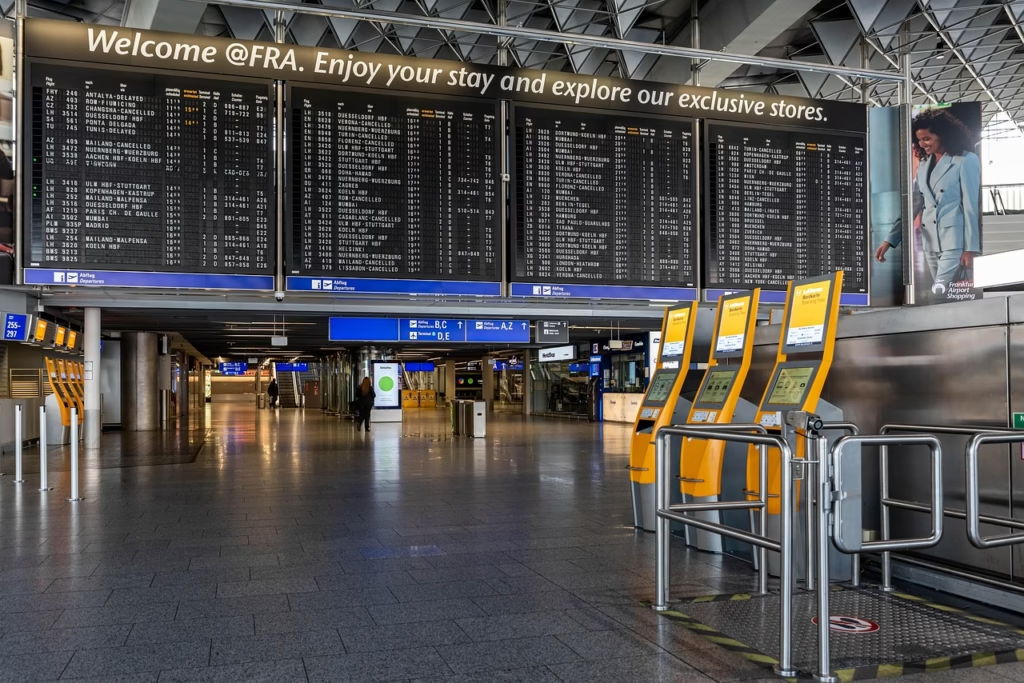Planning a trip to Europe next year? There’s some big news you should know before you pack your bags. The European Union (EU) has officially announced the launch date of its new Entry/Exit System (EES) — a major update to how travellers enter and leave the Schengen Area. The system will go live on 12 October 2025.
Table of Contents
What is the EES?
The Entry/Exit System is a modern digital platform that records when travellers enter or leave the Schengen Zone. It replaces the old method of stamping passports. Instead of a border officer stamping your passport, EES will automatically record your entry and exit dates, biometric data, and passport information.
When you arrive in Europe, you’ll scan your passport at a self-service kiosk. The kiosk will take your photo and fingerprints, storing them securely in a European database. This makes border control more efficient and helps track travellers who might stay beyond their visa limit.

Why is the EU introducing it?
The EU wants to modernize border checks and strengthen security. Every year, millions of tourists visit Europe, and manual passport stamping has become slow and outdated. The new system gives border officers an instant record of how long each traveller has stayed in the Schengen Area.
It also helps reduce fraud, prevent overstays, and speed up the border process once everything is running smoothly.
Who will it affect?
The EES applies to non-EU citizens, including those with short-stay Schengen visas and travellers from visa-free countries such as the United Kingdom, United States, Canada, Australia, New Zealand, and others.
If you’re an EU citizen, a long-term visa holder, or a legal resident in the EU, this system does not apply to you.
What to expect at the border
The rollout will happen gradually across all EU entry points during the first six months. Many airports and land borders are already preparing with new self-service kiosks and scanners. During this early stage, travellers may face longer lines and delays. Officials recommend arriving at least three to four hours early at major airports.
Once your data is registered for the first time, future trips will be faster since your biometric details will already be saved. All data will be kept securely for three years and then deleted automatically.
What’s next – ETIAS in 2026
The EES is only the first step. In late 2026, the EU will introduce ETIAS (European Travel Information and Authorisation System). This will require travellers from visa-free countries to apply online for travel authorisation before arriving in Europe.
ETIAS is similar to the US ESTA system and will likely become mandatory by 2027, after a short transition period.
How to prepare
- Arrive early during the first few months after EES launches.
- Check your passport — it should be valid for at least six months beyond your travel date.
- Follow the signs for EES kiosks at airports or land borders.
- Stay patient — small delays are expected at the start.
- Keep up to date through airlines or the EU’s official travel websites.
Final thoughts
The Entry/Exit System marks a big step forward in how people travel to Europe. While it might cause short-term delays, it promises smoother and safer travel in the future.
If you’re planning to visit Europe in late 2025 or 2026, take a little extra time to understand how EES works. Once it’s fully in place, travelling across the Schengen Area will be more secure, organized, and efficient than ever before.
So get ready — your next trip to Europe will be smarter, faster, and more digital.
Source: www.euronews.com













